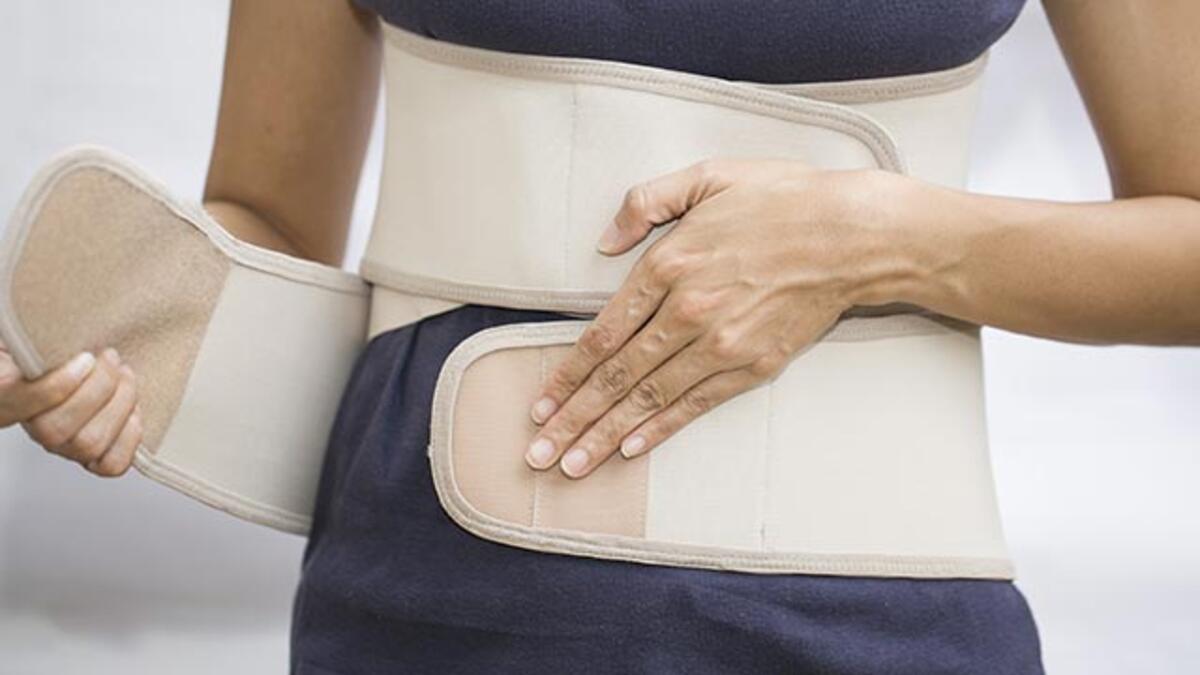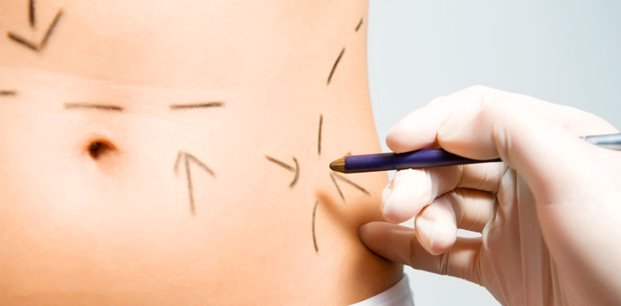
When Liposuction Doesn't Go as Planned
LiposuctionWritten by Emel Gerdaneri.
When Liposuction Doesn't Go as Planned
Recognizing 6 Indications of Unsatisfactory Outcomes and Strategies for Improvement

Recent data has highlighted that liposuction is the most sought-after cosmetic procedure worldwide.
Among Newme members, it remains a popular choice as well.
Although liposuction may appear straightforward—essentially involving the removal of excess fat—it is, in reality, a complex and intricate procedure demanding impeccable technical expertise and skill, complemented by an artistic eye and an understanding of aesthetics.
When liposuction is mishandled, it can result in various complications, some of which may prove irreversible.
While universal surgical risks such as infection, deep vein thrombosis, and anesthesia complications are always present, specific aesthetic issues related to liposuction can materialize if the procedure is performed incorrectly.
Here, we outline the most common indications that liposuction hasn't yielded the desired results and potential solutions for addressing these less-than-ideal outcomes.
1. Irregular Contours:

One of the most conspicuous signs of poorly executed liposuction is the presence of irregular contours.
Treated areas may exhibit a lumpy, bumpy, or wavy appearance instead of a smooth one.
This irregularity often stems from uneven or overly aggressive liposuction techniques.
Regrettably, these issues are particularly challenging to rectify post-procedure.
While this problem can occur on any part of the body, it is frequently observed in cases of abdominal liposuction gone wrong.
This happens often because liposuction was not the appropriate treatment choice, primarily due to preoperative skin laxity.
When excess skin is present, liposuction alone can exacerbate laxity and increase the likelihood of contour irregularities.
2. Skin-Texture Changes:

Ideally, liposuction should enhance skin appearance rather than worsen it.
If the skin in the treated area appears dimpled or puckered, it indicates something went amiss.
This is often the result of excessive fat removal and/or superficial suctioning.
3. Abnormal Belly Button Appearance:

An unusual belly button appearance is a telltale sign of problematic abdominal liposuction.
It may protrude or take on a doughnut-like shape with a pad of surrounding fat.
When performing liposuction on the abdomen, addressing the area around the belly button is crucial.
Failure to do so can lead to these deformities.
4. Overcorrection:

Liposuction's goal is to eliminate excess fat, but a fine line exists between removing an appropriate amount and too much.
Over-suctioning, especially in thigh liposuction, can worsen the appearance of cellulite and result in a flat, masculine look.
This overcorrection can create a "shark bite" effect—an indentation flanked by two areas of protruding fat.
It is frequently seen on the inner thighs because surgeons may not adequately consider the effects of gravity when the patient is standing.
Overcorrection can also affect the buttocks, leading to unwanted flattening when too much fat is removed from the "banana roll" area.
5. Bulging:

Abdominal liposuction gone wrong can lead to noticeable bulging that wasn't present before.
Some surgeons may be more focused on liposuctioning the lower abdomen and neglect the upper abs, resulting in an unsightly bulge below the breast crease in some cases.
Larger breasts may conceal this bulge, making it less noticeable.
6. Discoloration:

Poorly performed liposuction can cause changes in skin color, leading to areas that appear lighter or darker.
This can occur due to uneven fat removal, vascular damage, or hemosiderin deposition (a pigment from broken-down red blood cells).
Inappropriately superficial liposuction is often responsible for this issue.
Solutions for Correcting Liposuction Gone Wrong:

In many cases, there is no quick fix for these problems.Revision liposuction is an option for correcting irregularities or contour deformities, involving the removal of additional fat and reshaping the treated area for improved aesthetics. However, scarring from the initial procedure can complicate secondary treatment.
Fat grafting to restore fat may be considered when an area has been over-treated. Nevertheless, this involves additional liposuction to harvest fat, and there is no guarantee that all transplanted fat cells will survive or remain in place, especially in scarred areas.
Skin-tightening procedures can help address post-liposuction skin laxity, but noninvasive techniques may have limitations in correcting abnormalities caused by improper liposuction. Surgical skin excision may be necessary for correction.
Correcting any form of liposuction is more complex, expensive, and potentially less successful than getting it right the first time. It is crucial to conduct thorough research and choose an experienced, skilled, board-certified provider to maximize the chances of achieving the desired outcome and avoid these potential pitfalls.
Get more information about Liposuction
Written on 22/09/2023
-
Last Update: 25/09/2023

 Ask a Doctor
Ask a Doctor




